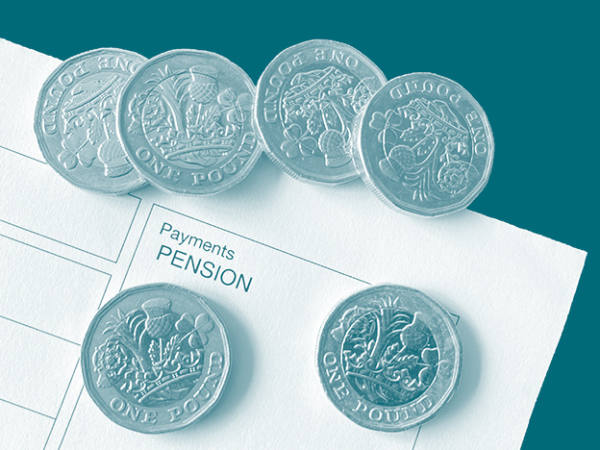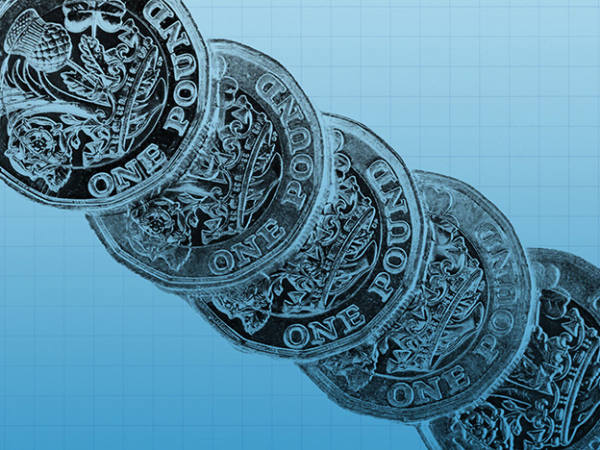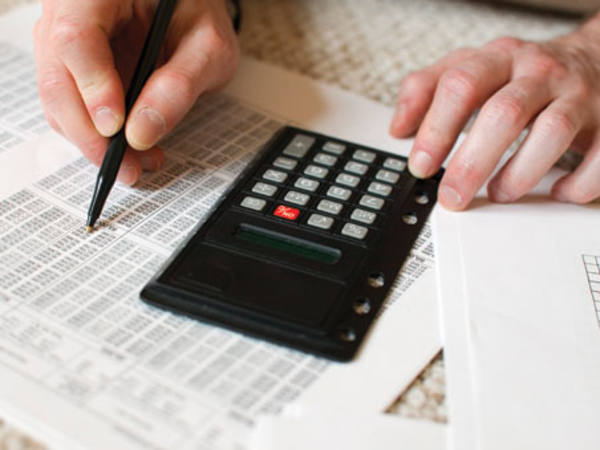A few people have emailed me with questions on the pensions lifetime allowance following discussion of this in our self-invested personal pension (Sipp) special issue (IC, 27.05.22). And I'm not surprised that people are confused by the nuances of the lifetime allowance – the rules on this have been tweaked so many times and become so complicated it might just be simpler for the government to rip up the rules and start again!
Some of the key rules relating to the pensions lifetime allowance are as follows. You don't have to pay lifetime allowance charges until you have used up the full £1,073,100 allowance, or a higher amount if you have taken out protection. When you have used up your lifetime allowance, you pay a charge on any further benefits you take. This should be done for you by your pension administrator.
When you reach age of 75, money which is still in your pension – 'uncrystallised assets' – are tested against your remaining lifetime allowance. When the lifetime allowance charge is applied before age 75, you can take the excess as a lump sum and pay a 55 per cent charge, or as income and pay a 25 per cent charge and income tax at your marginal rate. For the test at age 75, you can only select the income option.
One reader asked how the lifetime allowance is calculated for defined benefit (DB) pensions. We had reported that the multiplier of your pension income is 20 times but the reader's bank told him it was 25 times. To clarify, the 20 times formula applies to DB schemes which come into payment after 6 April 2006. If a tax-free lump sum is also taken this is added to the 20 times annual pension calculation.
For DB schemes that were already in payment on 5 April 2006, the calculation is 25 times annual pension at that point, and tax-free lump sums are not included. Kay Ingram, a chartered financial planner, says that "HM Revenue & Customs decided to use this higher multiple on the presumption that most people would have taken a lump sum when they started to draw their pension."











